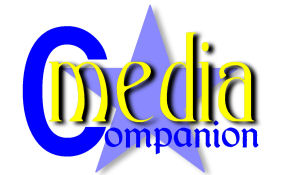cerberus
VIP

Posts : 409
Join date : 2011-06-10
 |  Subject: This random dot autostereogram features Subject: This random dot autostereogram features  Wed Jun 22, 2011 5:59 pm Wed Jun 22, 2011 5:59 pm | |
| Unlike the simple depth planes created by simple wallpaper autostereograms, subtle changes in spacing specified by the depth map can create the illusion of smooth gradients in distance. This is possible because the grayscale depth map allows individual pixels to be placed on one of 2n depth planes, where n is the number of bits used by each pixel in the depth map. In practice, the total number of depth planes is determined by the number of pixels used for the width of the pattern image. Each grayscale value must be translated into pixel space in order to shift pixels in the final autostereogram. As a result, the number of depth planes must be smaller than the pattern width. This random dot autostereogram features a raised shark with fine gradient on a flat background. The fine-tuned gradient requires a pattern image more complex than standard repeating-pattern wallpaper, so typically a pattern consisting of repeated random dots is used. When the autostereogram is viewed with proper viewing technique, a hidden 3D scene emerges. Autostereograms of this form are known as Random Dot Autostereograms. Smooth gradients can also be achieved with an intelligible pattern, assuming that the pattern is complex enough and does not have big, horizontal, monotonic patches. A big area painted with monotonic color without change in hue and brightness does not lend itself to pixel shifting, as the result of the horizontal shift is identical to the original patch. The following depth map of a shark with smooth gradient produces a perfectly readable autostereogram, even though the 2D image contains small monotonic areas; the brain is able to recognize these small gaps and fill in the blanks. While intelligible, repeated patterns are used instead of random dots, this type of autostereogram is still known by many as a Random Dot Autostereogram, because it is created using the same process. dating tipsøgemaskineoptimering | |
|
